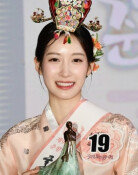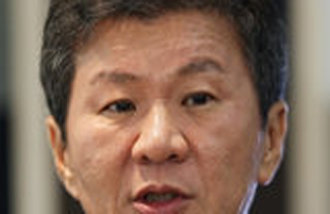Food spending rose but consumption fell last year
Food spending rose but consumption fell last year
Posted March. 01, 2011 10:12,
The working class in Korea spent more on daily necessities last year than in 2009 due to soaring inflation. With food prices skyrocketing, Engels coefficient reached its highest level in five years.
According to Statistics Korea Monday, each household spent an average of 316,936 won (281 U.S. dollars) on food and non-beverage food products last year, up 6.5 percent from 297,652 won (264 dollars) in 2009. In real prices, however, expenditures on these items rose just 0.5 percent from 257,067 won (228 dollars) to 258,256 won (230 dollars), showing that household consumption barely budged over the same period.
The price in real terms is used to estimate the rise and fall in consumption by eliminating the effects of inflation.
Vegetable prices soared as much as 35.2 percent last year and spending on vegetables surged 22.9 percent from 2009. In real prices, however, the figure fell 3.3 percent, meaning people consumed fewer vegetables but spent much more on them last year than in 2009.
Spending on fruit rose 6.9 percent last year due to a 12.4-percent increase in prices, but the figure slipped 3.7 percent in real terms.
Expenditures on fresh fisheries products such as hairtail, mackerel and squid grew 1.9 percent but fell 7.5 percent in real terms. Spending on dried fisheries products increased 5.1 percent in nominal terms and fell 4.7 percent in real terms.
Accordingly, Engels coefficient, or the percentage of food consumption to total spending, was 13.86 percent last year, up from last years 13.85 percent. In real terms, however, food consumption slightly fell as the index fell to 12.94 percent last year from 13.39 percent in 2009.
Increased food spending weighed heavily on low-income households. The index for households in the bottom 20 percent of the income bracket rose from 19.98 percent in 2009 to 20.47 percent last year, the highest since 20.7 percent in 2005.
The index for those in the top 20 percent slightly rose from 11.31 percent to 11.45 percent, but that for those in the second-highest income bracket fell from 13.09 percent to 12.81 percent.
Kim Shin-ho, in charge of welfare data at Statistics Korea, said, Though food prices have risen, basic consumption volume for food remains unchanged. So low-income earners are believed to have cut back on spending in other areas to cope with rising food prices.
hyejin@donga.com







